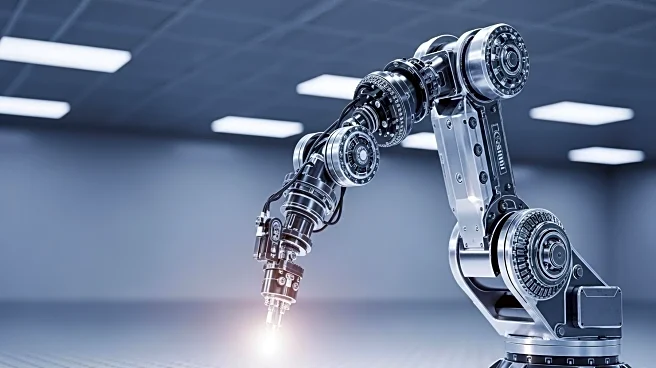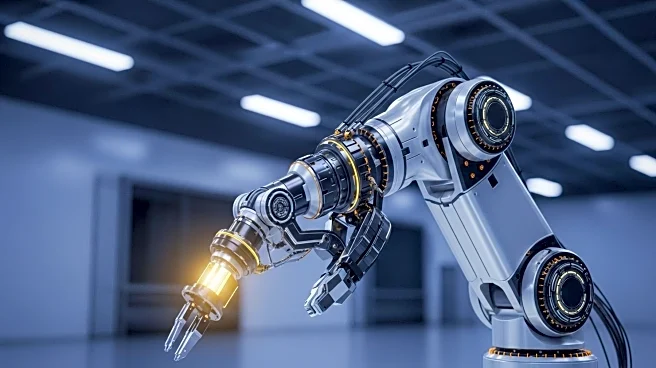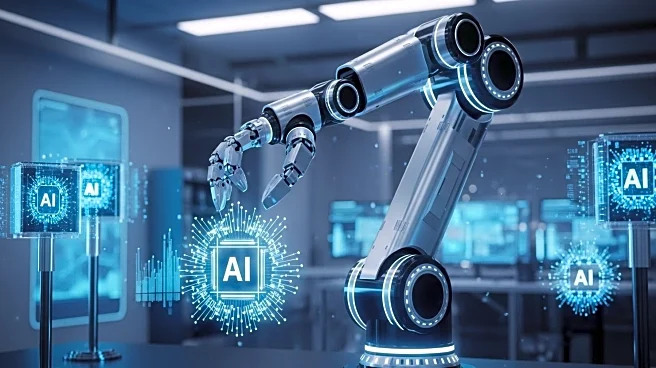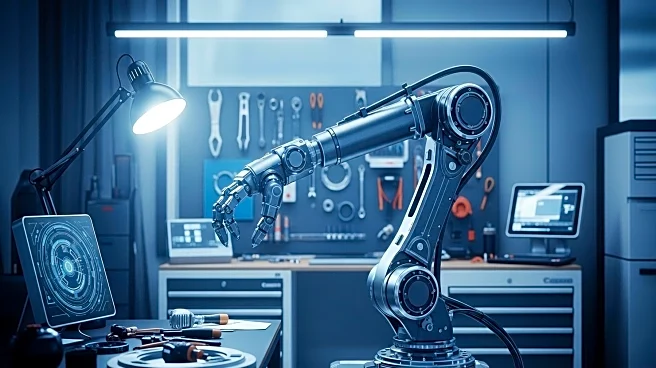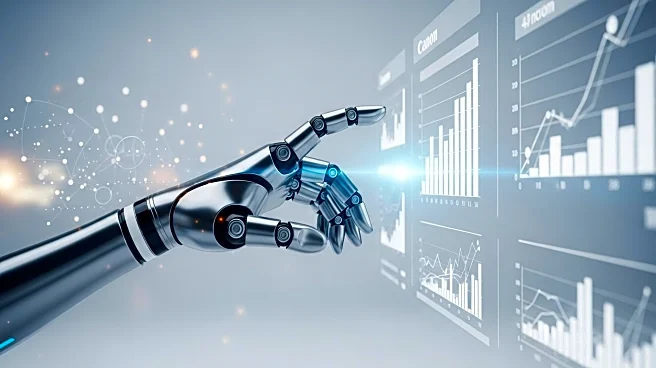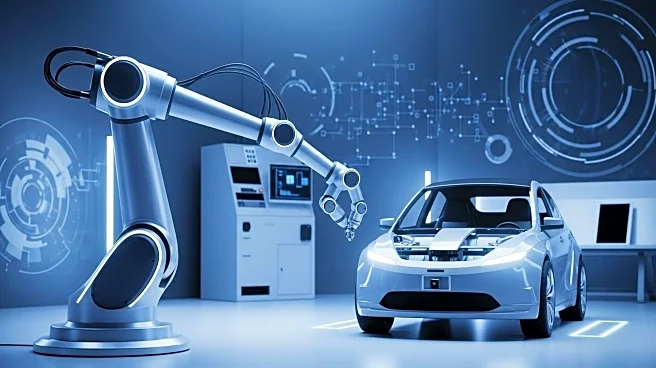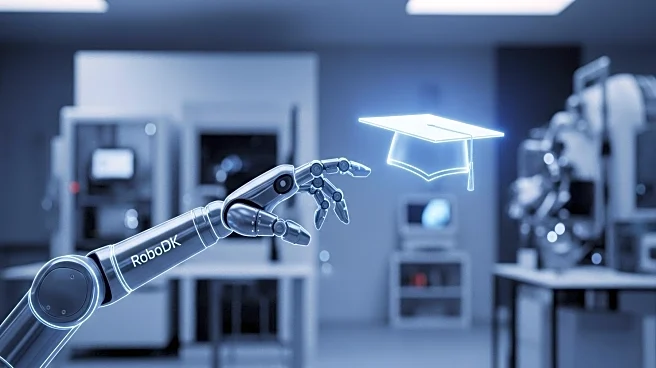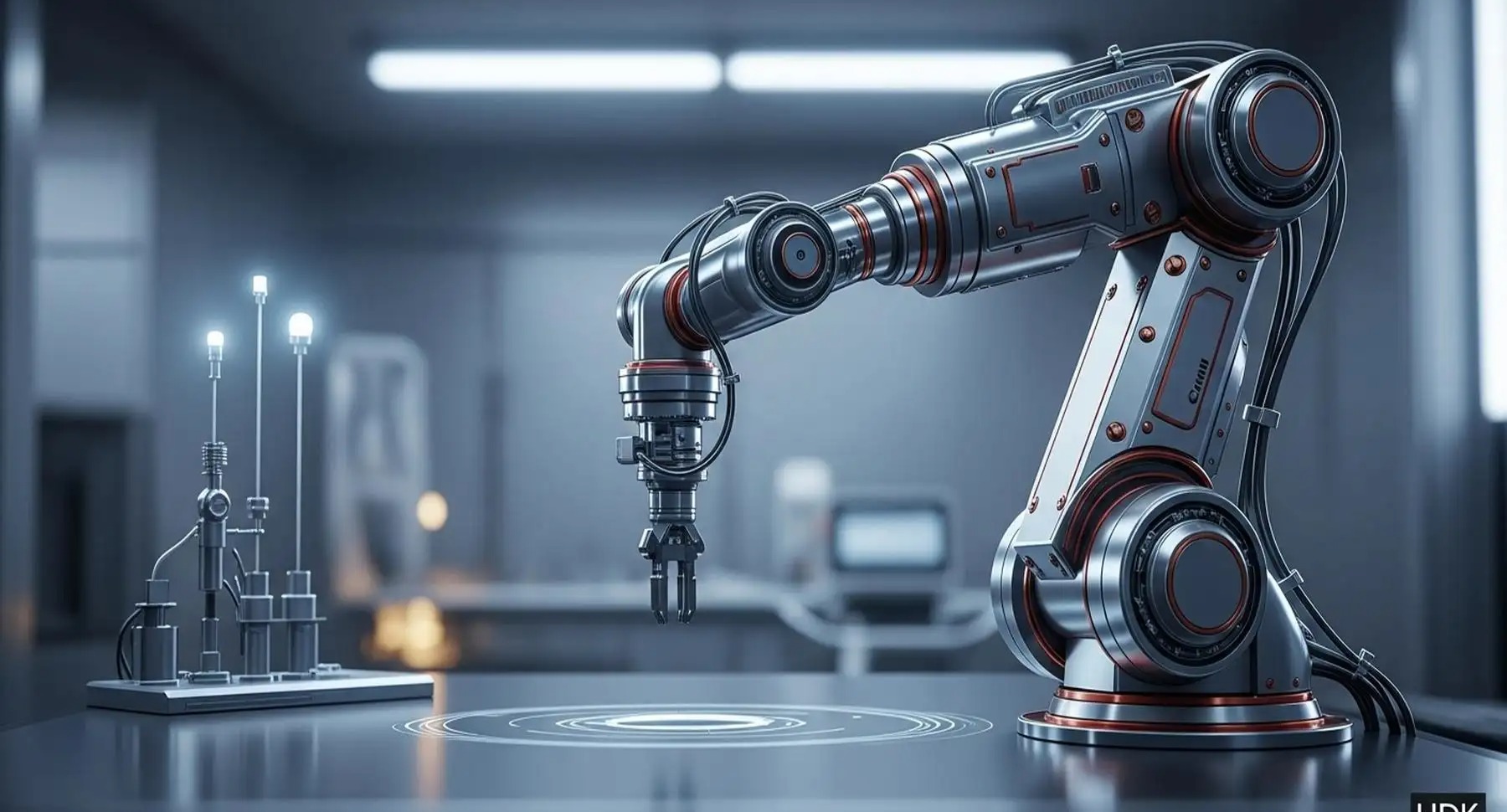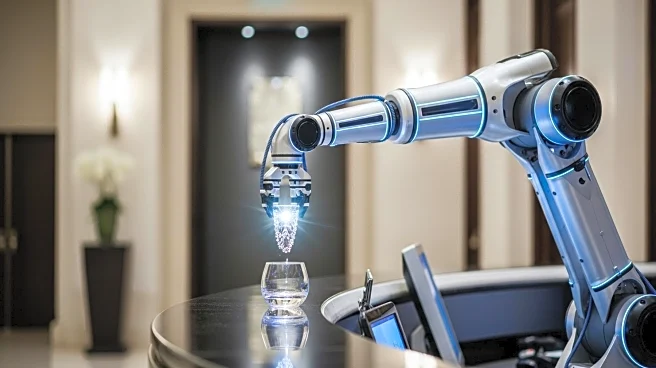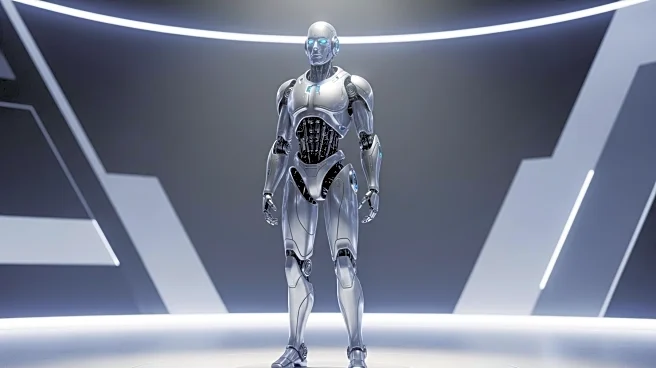What's Happening?
Runway AI has made significant advancements in AI-driven automation, particularly in the robotics sector, with its new Gen-4 model. This model addresses the 'consistency problem' in AI video generation, enabling the creation of visually coherent characters and environments across varying conditions. The Gen-4 model offers a high-fidelity simulation platform for training autonomous systems, reducing the risks and costs associated with physical prototyping. Runway's Aleph model further enhances this capability by unifying object manipulation, scene generation, and style modification into a single system. These innovations are particularly beneficial for robotics applications such as warehouse automation and surgical robotics, streamlining workflows and reducing technical debt.
Why It's Important?
Runway AI's advancements represent a major leap in the field of robotics and AI, offering scalable solutions that can significantly reduce development costs and time. The ability to simulate complex scenarios with high accuracy is crucial for industries like automotive and logistics, where safety and efficiency are paramount. By providing a cost-effective alternative to traditional training methods, Runway AI is poised to capture a significant share of the growing robotics market, projected to expand at 22% annually through 2030. This development also underscores the increasing convergence of AI and robotics, which could lead to transformative changes in various sectors, including manufacturing, healthcare, and transportation.
What's Next?
Runway AI is likely to continue its focus on expanding its market presence in the robotics sector, leveraging its advanced models to attract more enterprise clients. The company's strategic pivot towards robotics aligns with industry demands for safer and more efficient automation solutions. As Runway AI's models gain traction, other companies may follow suit, leading to increased competition and innovation in the field. Additionally, the development of a 'general world model' could open new opportunities in game development and industrial automation, creating a recurring revenue model through subscription-based access.
